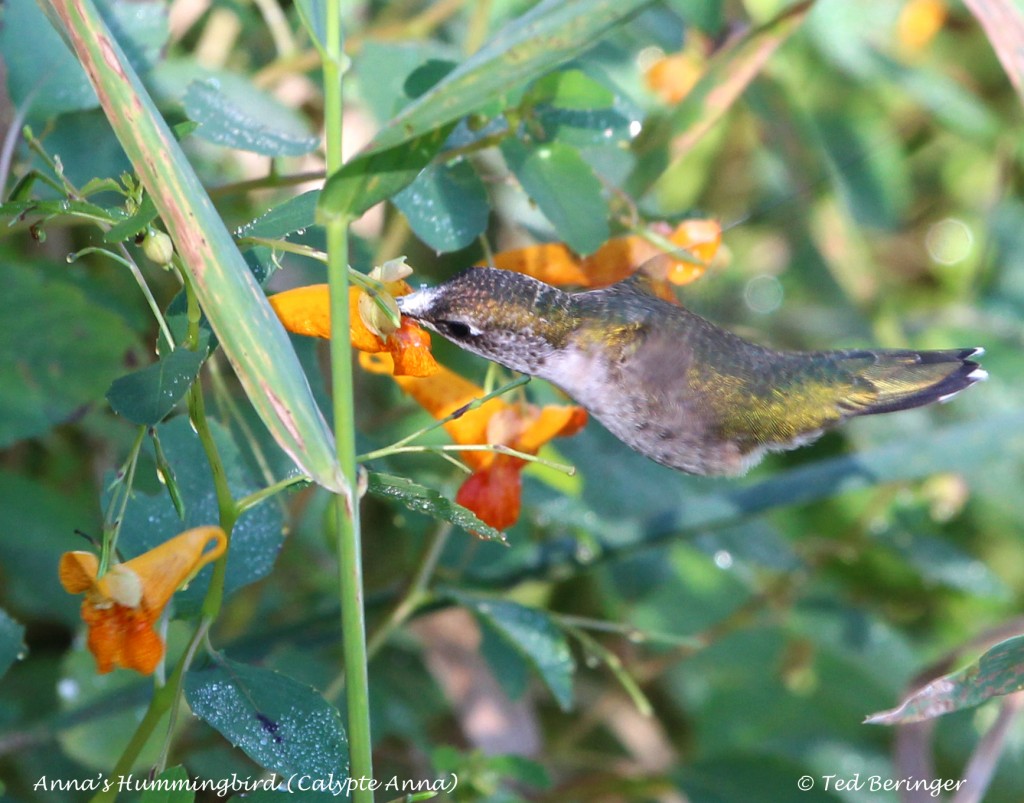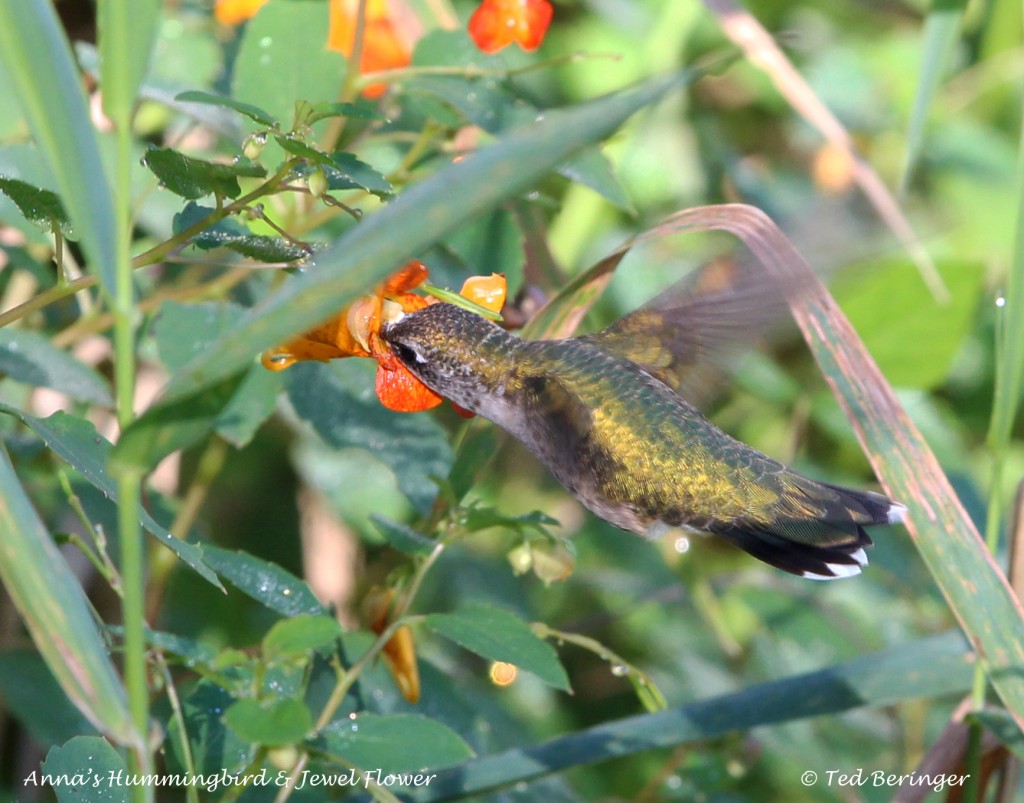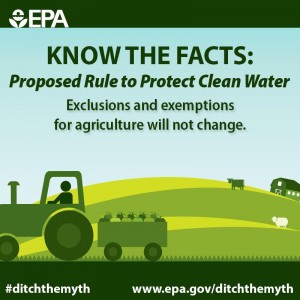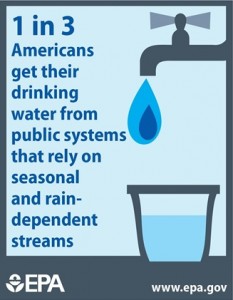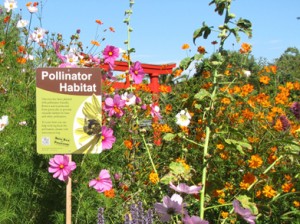Boone and Crockett Club Supports New Funding for Conservation
Four Boone and Crockett Club members are serving on a panel charged with developing new funding mechanisms for conservation. The goal is bridging the funding gap between game and nongame species – a concept heartily endorsed by the Club.
The 20-member Blue Ribbon Panel on Sustaining America’s Diverse Fish and Wildlife Resources was announced at a recent Association of Fish & Wildlife Agencies meeting.
The panel is co-chaired by Johnny Morris, CEO of Bass Pro Shops and regular member of Boone and Crockett Club. The panel also includes three professional members of the Club including Becky Humphries, Steve Williams and John Tomke.
Outdoor recreation retail and manufacturing sectors, energy and automotive industries, private landowners, educational institutions, conservation organizations, sportsmen’s groups and state conservation agencies are represented on the panel. Over the next year, the group will produce recommendations and policy options to fund conservation of the full array of fish and wildlife species.
Those recommendations will be presented to Congress and the President.
“Sportsmen don’t just advocate for game species, but for all wildlife, and the Boone and Crockett Club enthusiastically supports the concept of new funding sources and a more comprehensive approach to conservation,” said Bill Demmer, Club president.
Demmer added that increasing public and private funding for conservation was listed as a priority action item in a White House conference convened by President Bush in 2008. Since then, it’s become even more apparent that America’s historic successes in conservation are not sustainable under current funding models – especially given today’s growing challenges to fisheries, wildlife and other natural resources.
Goals and actions from the White House conference included identifying and developing new sources of dedicated, long-term funding for federal, state, and tribal fish and wildlife agencies to support conservation and hunting, and establish a blue ribbon panel of experts on wildlife funding to do so.
Morris said, “By assembling this panel of highly regarded leaders and problem solvers, we will find a way forward that safeguards not only vital natural resources, but also our nation’s economic prosperity and outdoor heritage.”
Former Wyoming governor Dave Freudenthal, who co-chairs the panel alongside Morris, said, “With fish and wildlife species and natural resource-based enterprise at stake, we can’t afford an ‘us vs. them’ mentality. It is time to create certainty for both industry and the conservation community by building a 21st Century funding model.”
State hunting and fishing license dollars, federal excise taxes on hunting and fishing gear and motorboat fuel taxes established a “user pay-public benefit” model that has provided the backbone for funding states’ fish and wildlife personnel and conservation programs over the past century.
Despite the success of this funding model, the costs of fish and wildlife conservation are increasing with public demands for new and expanded services. There has also always been a significant gap in dedicated funding for conserving the 95 percent of all species that are neither hunted nor fished. Professional managers and the organizations and individuals that help support them now must address a large number of new pressures on the landscape that are rapidly changing the outlook for North America’s fish and wildlife.
The co-chairs expect to add approximately three more individuals and four ex officio participants to the panel before it convenes its first meeting in early 2015.







